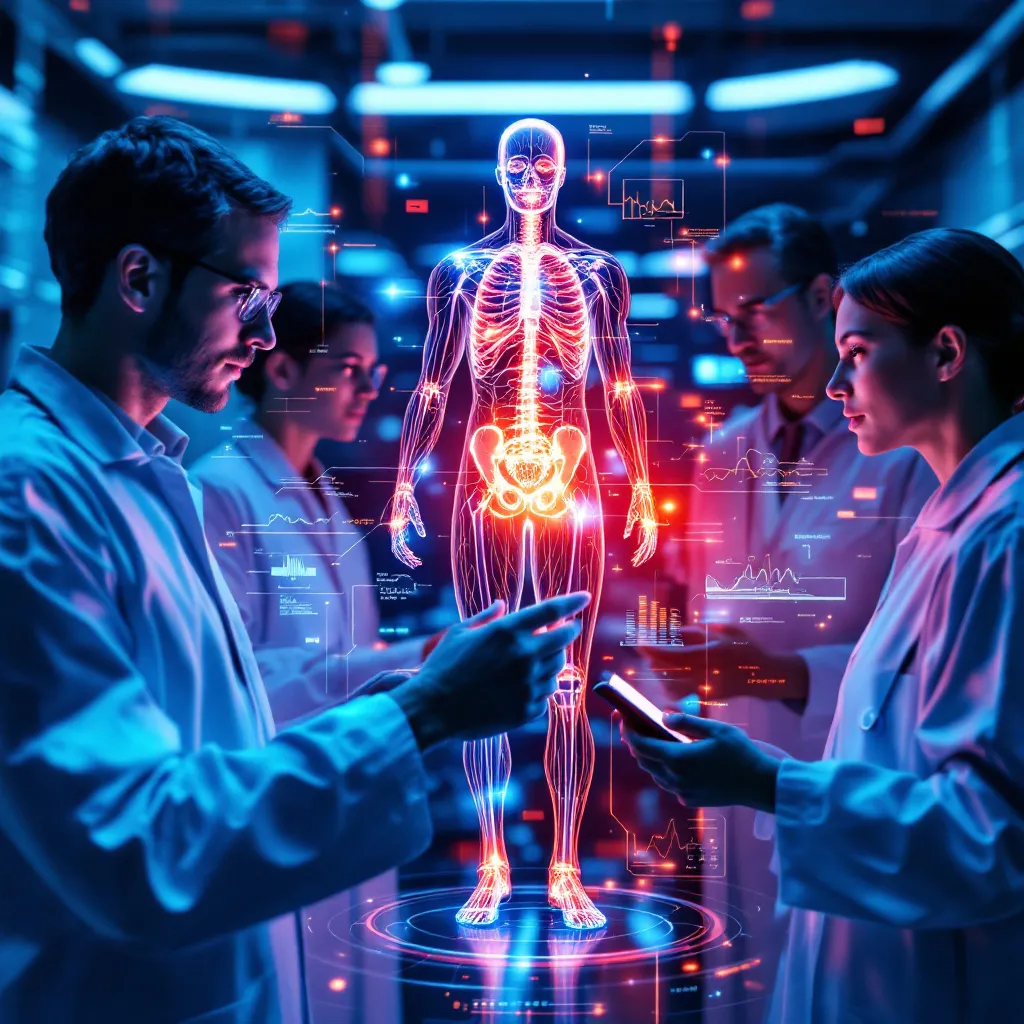Integrating Bioelectricity into Modern Medicine
The principles of bioelectricity are no longer confined to research labs. Today, they are increasingly integrated with digital technologies and traditional medical treatments, forging innovative pathways in patient care, diagnostics, and tissue regeneration. This synergy is unlocking new therapeutic strategies that were once unimaginable.

From sophisticated diagnostic tools that map electrical activity in the brain to wearable devices that modulate nerve signals for pain relief, the digital age is amplifying the potential of bioelectrical medicine. This fusion allows for more precise, personalized, and less invasive interventions.
Clinical and Therapeutic Applications
Bioelectrical techniques are actively employed in clinical settings, offering novel solutions for a range of conditions. Explore some key areas:
Addressing Neurological Disorders
Emerging bioelectrical interventions are being explored for neurological ailments by modulating neural activity to restore balance.
- Deep Brain Stimulation (DBS): Used for Parkinson’s disease, essential tremor, and dystonia by sending electrical impulses to specific brain targets.
- Vagus Nerve Stimulation (VNS): Approved for epilepsy and depression, it involves stimulating the vagus nerve.
- Transcranial Magnetic Stimulation (TMS): A non-invasive method using magnetic fields to stimulate nerve cells in the brain, primarily for depression.
Advanced Wound Healing & Regeneration
Electrical stimulation strategies have shown significant promise in accelerating wound repair and enhancing tissue regeneration, thereby minimizing recovery times and complications.
- Electrical Stimulation (ES) for Chronic Wounds: Promotes healing in diabetic ulcers, pressure sores, and venous ulcers by enhancing cell migration and proliferation.
- Bone Growth Stimulators: Used to aid in the fusion of spinal vertebrae or heal non-union fractures by applying electrical or electromagnetic fields.
Pain Management Therapies
Bioelectrical techniques are reshaping conventional treatment paradigms for acute and chronic pain by directly influencing nerve pathways.
- Transcutaneous Electrical Nerve Stimulation (TENS): Delivers low-voltage electrical currents through the skin to provide pain relief.
- Spinal Cord Stimulation (SCS): Implants deliver electrical pulses to the spinal cord to mask pain signals before they reach the brain.
Integrative Approaches in Patient-Centered Care
Combining bioelectrical therapies with traditional treatments creates a holistic approach, targeting both symptoms and underlying causes for durable recovery.
- Synergistic Effects: Bioelectrical methods can enhance the efficacy of pharmaceuticals or physical therapy.
- Personalized Regimens: Tailoring interventions based on individual bioelectrical profiles and responses.
Pioneering Research: Case Studies from Leading Labs
The advancement of bioelectrical medicine is driven by dedicated researchers and institutions worldwide. Their work translates foundational knowledge into tangible innovations.

Blakely Lab (Florida Atlantic University)
The Blakely Lab is at the forefront of neuropharmacology and anurognathid research, but its foundational work on neurotransmitter transporters has implications for understanding electrical signaling in the nervous system and developing targeted therapies.
Research Leadership: Exemplifies how foundational research translates into therapeutic innovation.Tufts University (Allen Discovery Center)
Researchers at Tufts, particularly at the Allen Discovery Center, are renowned for their groundbreaking work on bioelectric signaling in development, regeneration, and cancer. They explore how cells form and maintain complex structures, and how this can be reprogrammed for regenerative medicine and synthetic bioengineering (e.g., Xenobots).
Institutional Innovation: Pioneering work highlights the transformative potential of bioelectric research.Global Research Initiatives & Collaboration
Beyond individual labs, numerous international consortia and collaborative projects are accelerating progress. These initiatives pool resources, share data, and foster interdisciplinary approaches, tackling complex challenges that no single institution could manage alone.
Collaborative Strength: Global initiatives enrich and accelerate the progress of bioelectrical therapies.Translating Discoveries to Clinical Practice
A crucial aspect of current research is the "bench-to-bedside" pipeline. Efforts focus on robustly testing lab discoveries in clinical trials, developing scalable technologies, and navigating regulatory pathways to bring effective bioelectrical therapies to patients.
Impactful Transition: Laboratory innovations are paving the way for future clinical interventions.